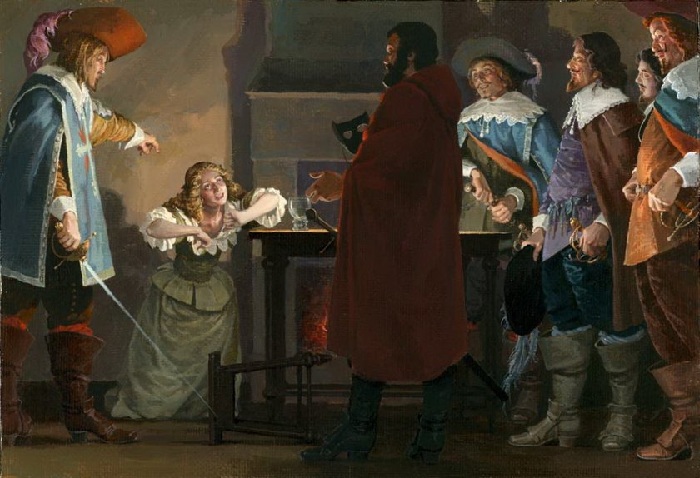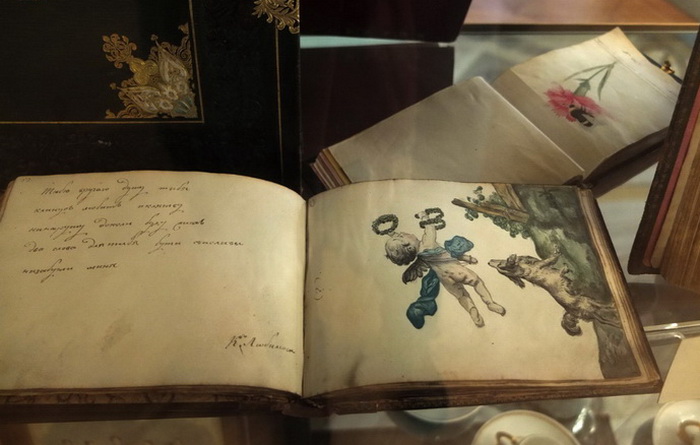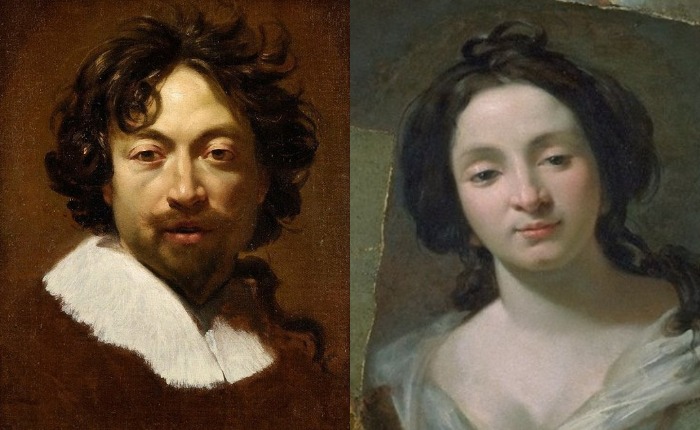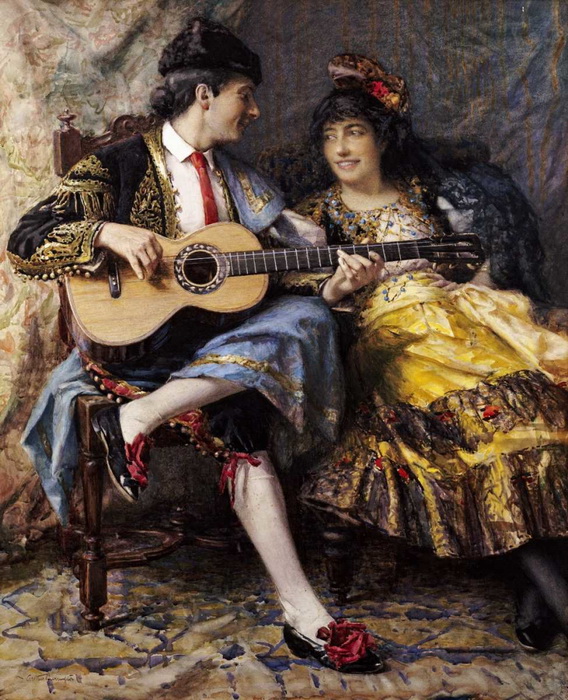additives
10 skillful fakes that museums took for originals
 Artistic fakes are a very real threat that museums constantly have to contend with. Fake artifacts appear in many museums from time to time, which can be displayed for several years before specialists realize that this is a fake. For counterfeiters, the high price tags attached to these fakes are often an incentive to continue to create fakes. Art fraudsters often go to great lengths to trick museums into acquiring their work. Some fakes are so good that it is difficult for historians and archaeologists to distinguish them from real things. Among the museums that became victims of fakes is even the famous Louvre Museum, where for many years successful copies were exhibited instead of the originals, and no one even knew about it. Continue reading
Artistic fakes are a very real threat that museums constantly have to contend with. Fake artifacts appear in many museums from time to time, which can be displayed for several years before specialists realize that this is a fake. For counterfeiters, the high price tags attached to these fakes are often an incentive to continue to create fakes. Art fraudsters often go to great lengths to trick museums into acquiring their work. Some fakes are so good that it is difficult for historians and archaeologists to distinguish them from real things. Among the museums that became victims of fakes is even the famous Louvre Museum, where for many years successful copies were exhibited instead of the originals, and no one even knew about it. Continue reading
Ciphers, signs and self-portraits: How artists of the past signed their paintings
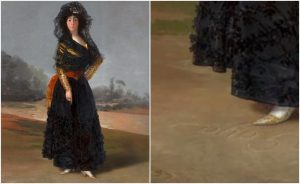 Not every masterpiece of painting contains the signature of the artist. There were reasons for this, both at the dawn of the Renaissance and in the modern era; they are now. Some of the works were “signed” by the masters in unusual ways – symbols in which an indication of the identity of the author was hidden. Bones, butterflies, cats appeared in the paintings for a reason.
Not every masterpiece of painting contains the signature of the artist. There were reasons for this, both at the dawn of the Renaissance and in the modern era; they are now. Some of the works were “signed” by the masters in unusual ways – symbols in which an indication of the identity of the author was hidden. Bones, butterflies, cats appeared in the paintings for a reason.
Why it was not customary to sign a work before
Having finished work, put your signature in the lower right corner of the picture – a custom that entered the practice of artists during the early Renaissance. Alas, authorship of earlier works is often not possible to establish – primarily because of the lack of signatures on them. Continue reading
19th Century Girl Albums
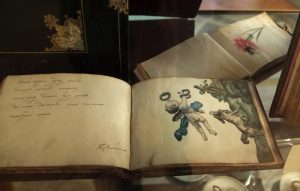 The young ladies of the 19th century were not so different from the modern ones: they also needed attention, recognition, evidence of sympathy from friends and, of course, a cordial secret, which was expressed in allegories and symbols – often poetic. Now social networks are used for this, then – albums, quite intimate, but not closed from other manuscript books.
The young ladies of the 19th century were not so different from the modern ones: they also needed attention, recognition, evidence of sympathy from friends and, of course, a cordial secret, which was expressed in allegories and symbols – often poetic. Now social networks are used for this, then – albums, quite intimate, but not closed from other manuscript books.
Album History
Unlike diaries closed from prying eyes, albums were created to be shown – to friends and relatives, to those who would also be asked to leave a record. The albums were filled with the “wrong hand”, but at the same time bore the imprint of the owner’s personality – it was he who determined who to include in his inner circle and whose work to keep as a keepsake. Continue reading
